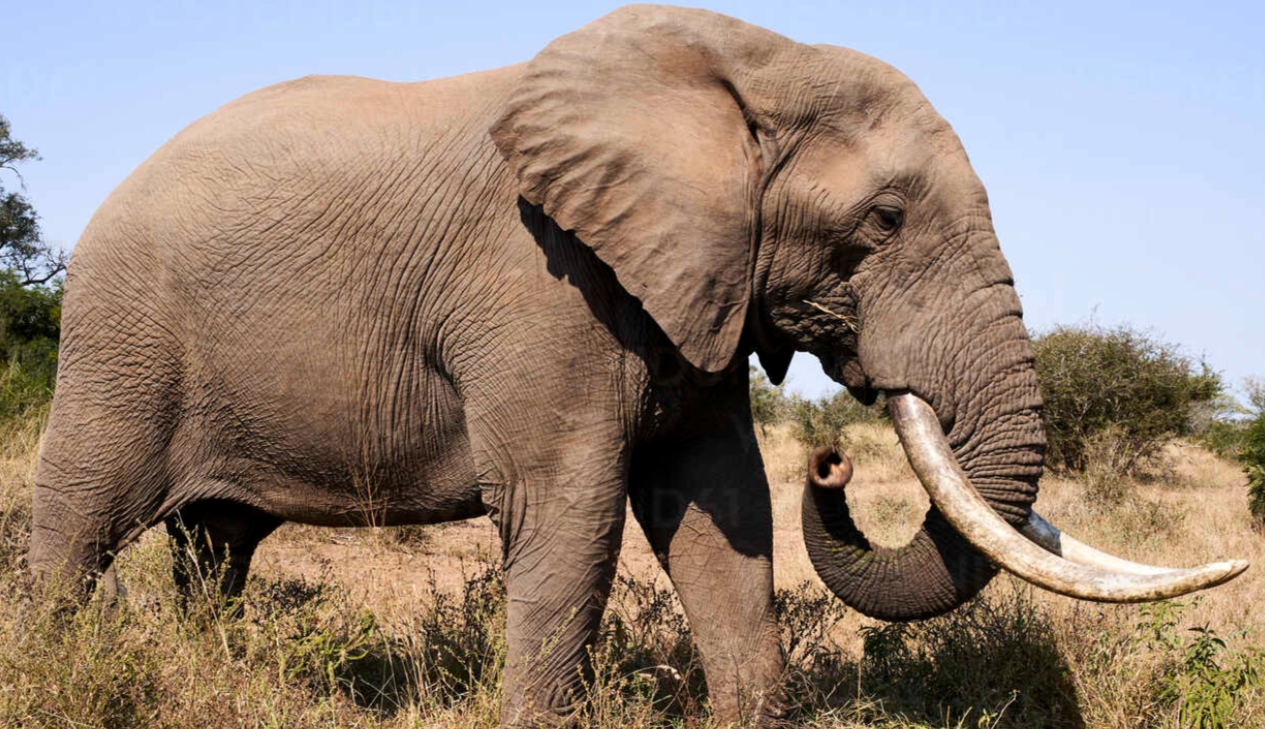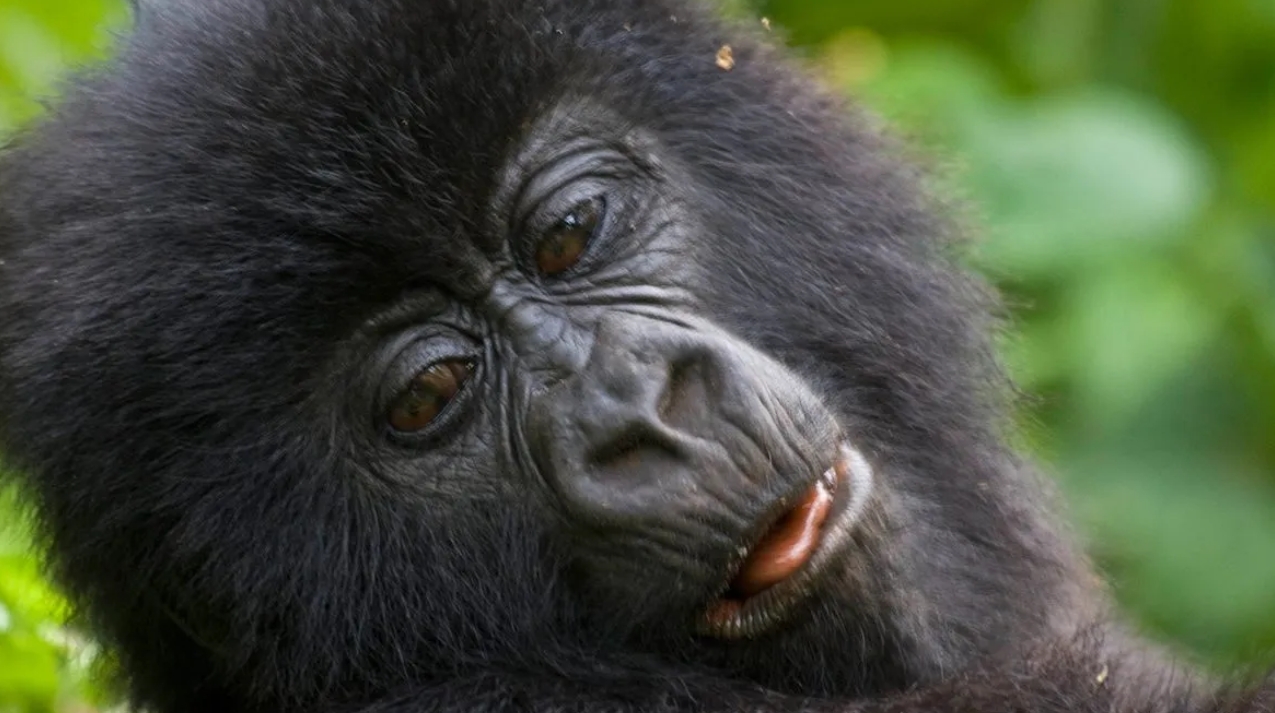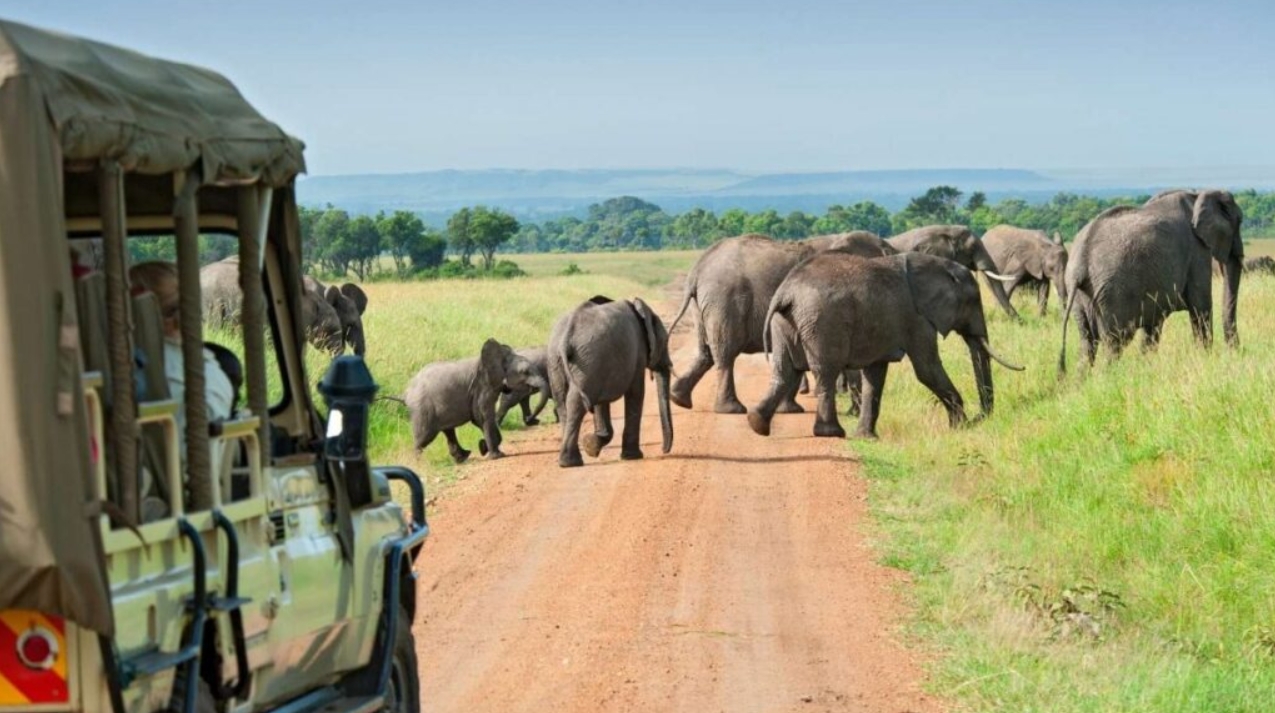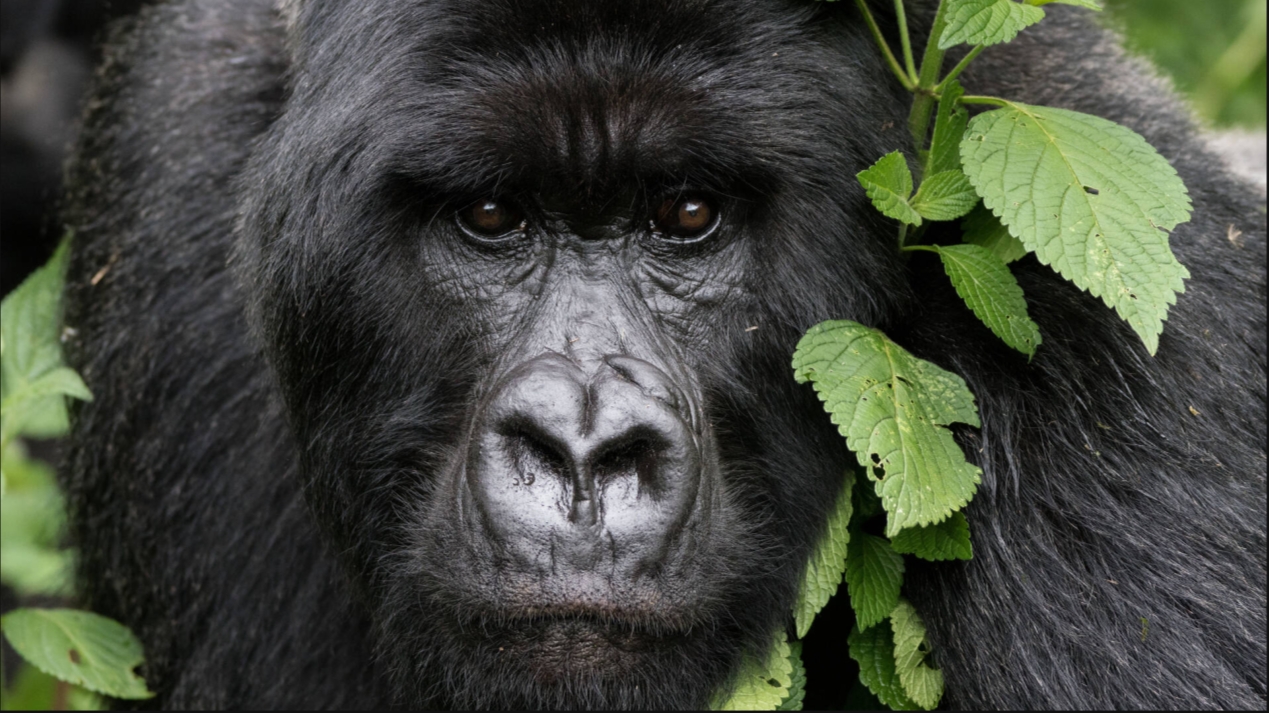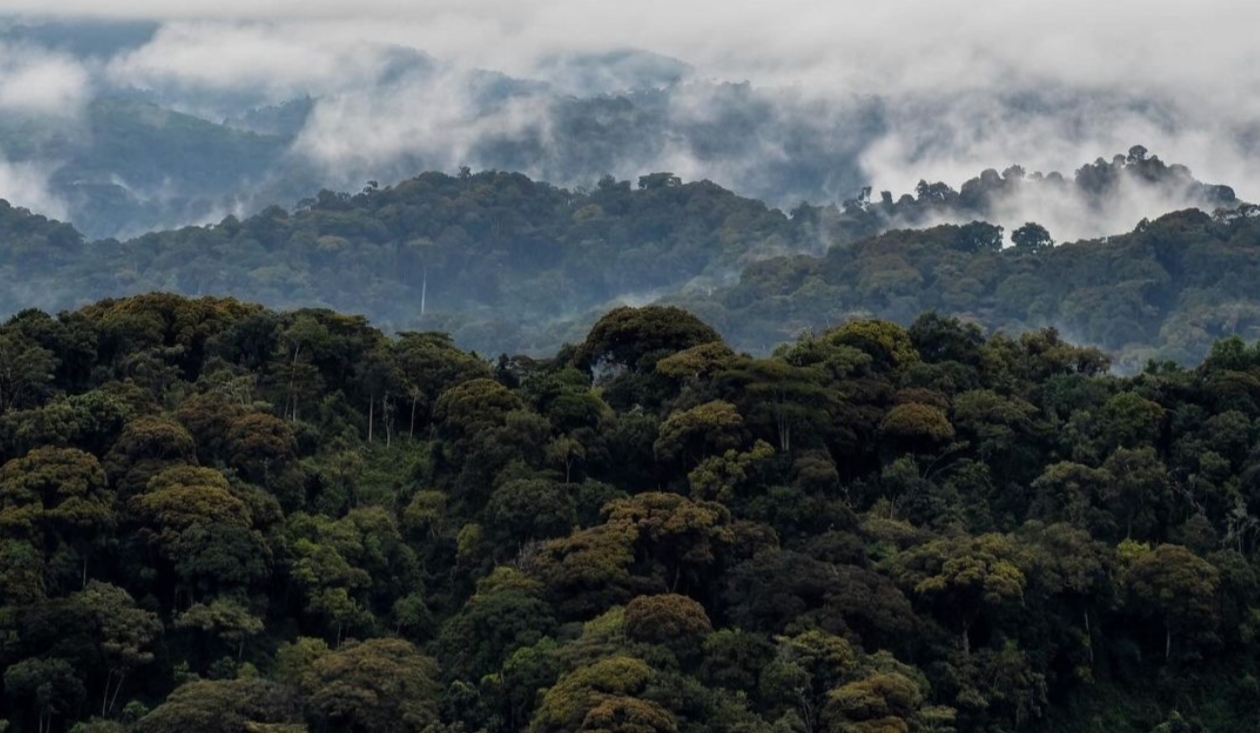
Nyungwe Forest’s Rich Biodiversity
Nyungwe Forest’s Rich Biodiversity: The park’s vast biodiversity is supported by its diverse habitats and unique wildlife species, such as animals, birds, reptiles, and amphibians, among others. Nyungwe Forest National Park is famous for its ecosystems, which include the emerald tropical rainforests, marshes, wetlands, grasslands, waterfalls, rivers, and streams. This pristine, oldest Afro-montane Forest in Africa spans over 1018 square kilometres, situated in the southwest of Rwanda.
The forest is a top significant conservation destination in Rwanda and a historical UNESCO Heritage site that was declared in 2023. Besides Volcanoes National Park, Nyungwe Forest National Park is the second most visited park in Rwanda, famous for its chimpanzee trekking excursions. The park’s rich biodiversity includes more than 120 butterfly species, including 21 endemic species of the Albertine Rift, 322 bird species, including over 29 endemic species of birds, and more than 13 primate species, 86 mammal species, 38 reptiles, and 32 amphibians.
Primates-Nyungwe Forest’s Rich Biodiversity
One of the greatest places to watch primates, particularly chimpanzees in Rwanda, is Nyungwe Forest National Park, which is home to more than 13 different species of primates, or 25% of all primate species in Africa. As the most intelligent Great Apes and an endangered species, chimpanzees are the most sought-after primates. They are thought to be our closest relatives on Earth because they share 98% of our DNA. There are more than five hundred habituated chimpanzees in Nyungwe Forest National Park that are prepared to become used to people.
Some of these primates are rarely seen in other destinations and are unique to the Albertine Rift, mainly found in Rwanda’s Nyungwe Forest and Uganda’s Bwindi Impenetrable Forest, among others. Primates such as the L’hoest monkeys and their big chestnut saddle markings on their backs, short dark grey hair, and a characteristic large patch of fluffy white fur from their throats across the sides of their heads and ears are what distinguish them from others. Other species to see include the owl-faced monkeys, dent’s, red-tailed, mona, blue, black and white colobus monkeys, olive baboons, bush babies, and grey-cheeked mangabeys, among others.
Bird species-Nyungwe Forest’s Rich Biodiversity
Bird species: Nyungwe Forest National Park is a birders’ paradise, with over 322 bird species, including over 29 Albertine Rift endemics that are unique to Nyungwe. BirdLife International designated the park as an important region for birdwatching, and Nyungwe Forest National Park is the best site to see bird species in Rwanda, offering opportunities for all skill levels, from novices to expert birdwatchers.
Some of the species to spot on a birding safari while in Nyungwe Forest include the majestic great blue turaco with it’s imposing presence and stunning blue plumage, the rare Archer’s Robin Chat, Albertine Owlet, Black Bee-eater, White-headed Woodhoopoe, Mountain Masked Apalis, Neumann’s Warbler, Dusky Crimsonwing, Black-necked Weaver, Ashy Flycatcher, Kivu Ground Thrush, Red-throated Alethe, Vieillot’s Black Weaver, Bar-tailed Trogon, Ruwenzori Turaco, Ruwenzori Double-collared Sunbird, Dusky Twinspot, Grauer’s Rush Warbler, Grauer’s Broadbill, Dwarf Honeyguide, Purple-breasted Sunbird, Strange Weaver, Golden-crowned Woodpecker, Holub’s Golden Weaver, and Stranger Weaver, Regal Sunbird, Ruwenzori Hill Babbler, Red-chested Cuckoo, Barred Long-tailed Cuckoo Black-and-white Casqued Hornbill, Snowy-headed Robin-chat, White-eyed Slaty Flycatcher, and Sharpe’s Starling, Grey Parrot, Yellow-spotted Barbet, and African Emerald Cuckoo, Blue-headed Sunbird, Collared Apalis, among others.
Mammals
With approximately 86 mammal species living in the region, mammals are one of the animal species found in Nyungwe Forest National Park. African civets, bush pigs, gigantic forest hogs, marsh mongooses, wild cats, tree hyrax, black-fronted duikers, side-striped jackals, golden cats, genet servaline, congo clawless otters, impala, and bushbacks are among the creatures that can be found in the forest.
Amphibians and Reptiles-Nyungwe Forest’s Rich Biodiversity
Besides chimpanzees and several bird species, the park is also home to over 38 reptiles, 32 amphibian species including numerous snake species, such as the poisonous Atheris nitschei viper, the venomous black and green mambas, and chameleons such as the enormous Nile monitor liza, Boulenger’s pygmy chameleon, and Rugege Highlands Forest Chameleon, are among the park’s varied reptile species. Among the many amphibian species that call Nyungwe Forest home are endemic caecilians such as Boulengerula fischeri, tree frogs, and Mukuzira long-fingered frogs.




